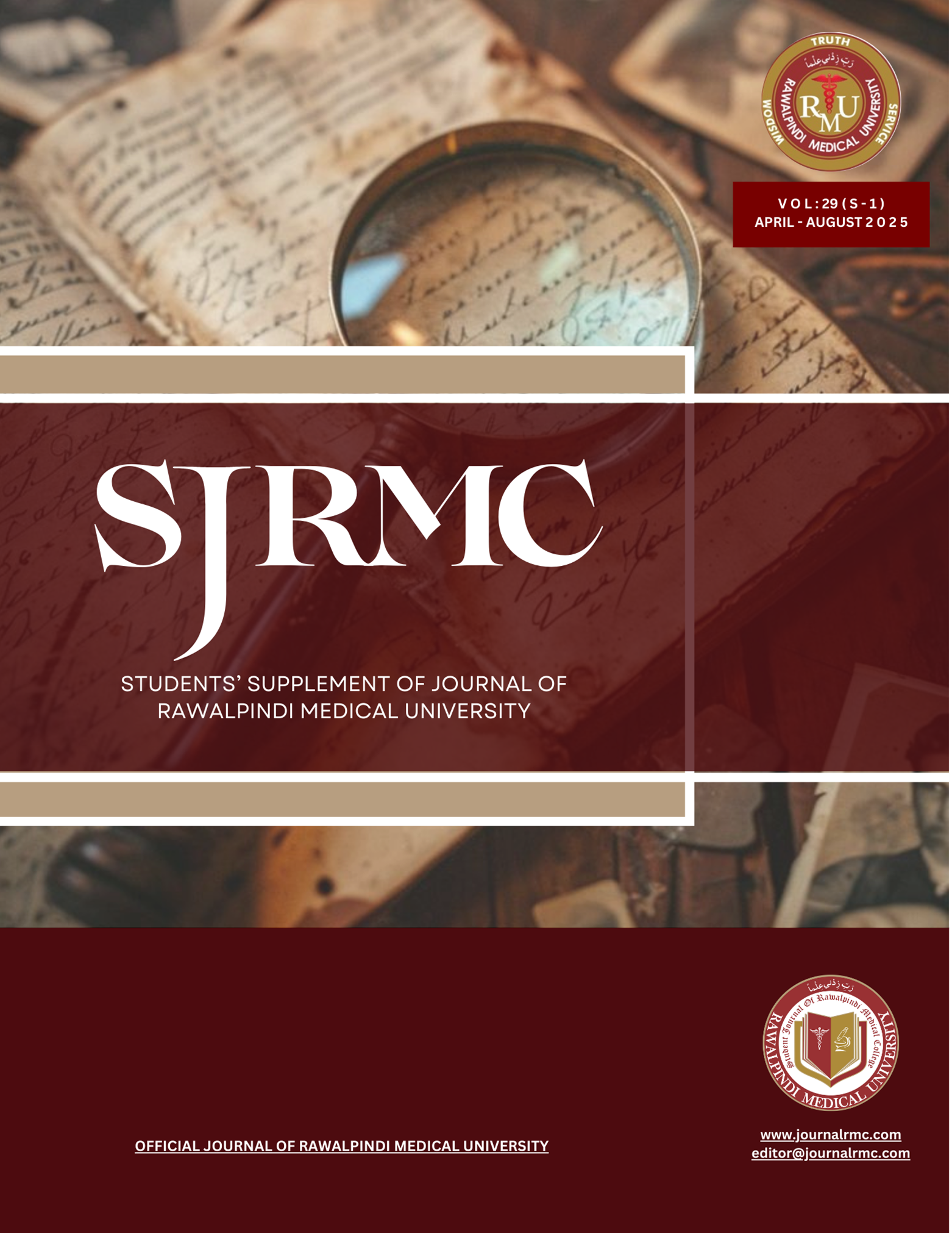Abstract
Introduction: Hypertensive renal disease (HRD), coded as ICD-10 I12, is a severe complication of chronic, uncontrolled hypertension that lies at the intersection of cardiovascular and renal pathology. Despite improved hypertension management, HRD-related mortality in the United States continues to rise, disproportionately affecting older adults, racial and ethnic minorities, and people in underserved areas. Prior studies have focused mainly on hypertension or chronic kidney disease overall, often neglecting HRD-specific trends and key demographic or regional vulnerabilities.
Objectives: This study aimed to (1) quantify national trends in age-adjusted mortality rates (AAMRs) from HRD in the U.S. from 1999 to 2020, (2) identify disparities by gender, race/ethnicity, and urban–rural status, and (3) detect inflection points in mortality trends using Joinpoint regression.
Materials and Methods: A retrospective, population-based analysis used CDC WONDER Multiple Cause of Death data. All adult deaths (≥18 years) with ICD-10 code I12 from 1999–2020 were included. AAMRs per 100,000 were standardized to the 2000 U.S. population. Joinpoint regression calculated annual percent changes (APCs) and identified significant trend shifts. Subgroup analyses examined gender, race/ethnicity, and urban–rural categories. Only publicly available, de-identified data were used, adhering to STROBE guidelines.
Results: From 1999 to 2020, 618,157 HRD deaths were recorded. National AAMR rose from 5.28 to 29.6 per 100,000 (APC: 9.65%; 95% CI: 7.48–11.48). Males consistently had higher AAMRs than females (15.59 vs. 11.12). Non-Hispanic Black individuals showed the highest AAMRs (29.55) but the lowest APC (5.25%), indicating persistently high mortality. Non-Hispanic Whites had the fastest rise (APC: 11.25%). Urban–rural disparities were evident, with the highest AAMRs in Large Central Metros and the lowest in Large Fringe Metros.
Conclusion: HRD mortality increased sharply in the U.S. from 1999 to 2020, with marked and evolving disparities across racial, gender, and geographic lines. Equity-focused public health strategies are urgently needed to address these widening gaps.
Keywords: Hypertension, Renal Insufficiency, Mortality, Health Disparities, Epidemiology

